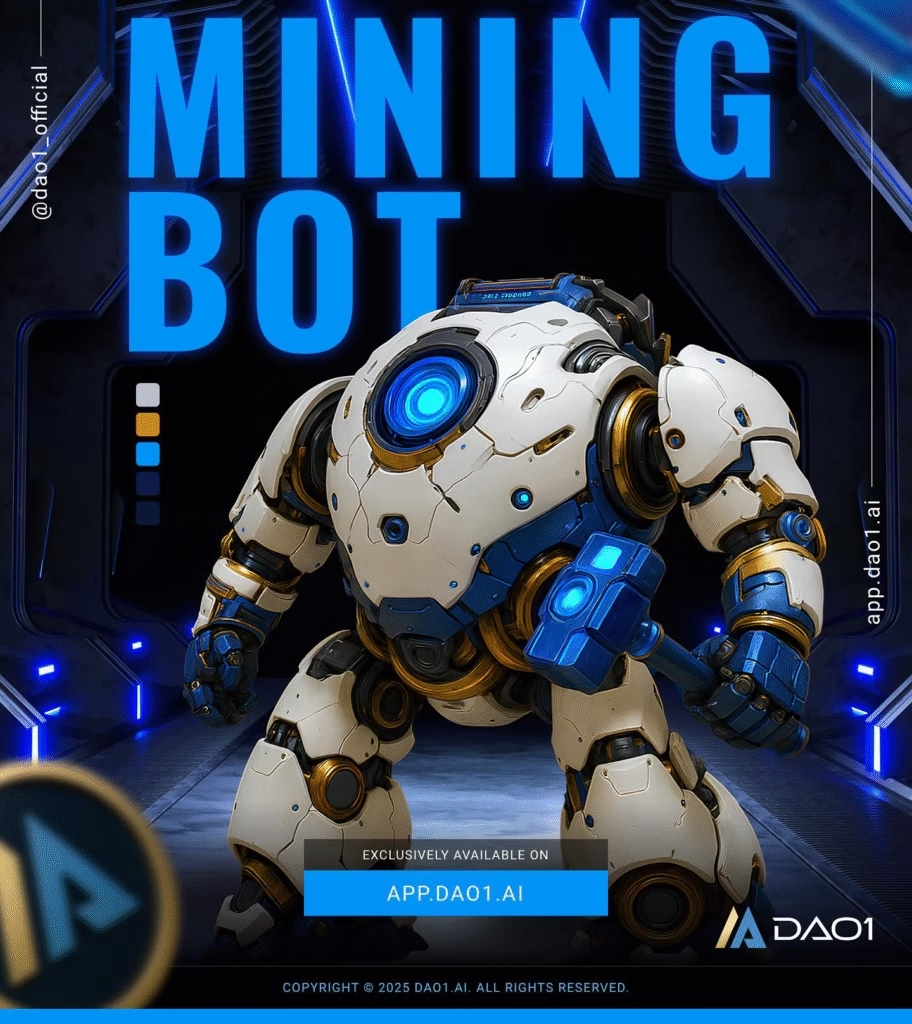In the last decade, the word blockchain has moved from obscure tech jargon to a hot topic in mainstream discussions, especially with the rise of cryptocurrencies like Bitcoin and Ethereum. But what exactly is blockchain technology, and how does it work? In this post, we’ll break it down in simple terms.
What Is a Blockchain?
At its core, a blockchain is a type of database, but it’s very different from the databases you’re used to.
A blockchain is a decentralized, distributed ledger that records information in a way that is secure, transparent, and unchangeable.
Instead of being stored on a single server or managed by one authority (like a bank or tech company), a blockchain is shared across a network of computers, also known as nodes. Each node has a copy of the entire blockchain, and all updates must be agreed upon by the network through a process called consensus.
How Does It Work?
Let’s break down how blockchain technology operates in four key steps:
1. Data Is Grouped Into Blocks
Information, such as a financial transaction, a smart contract, or any digital record, is grouped into a block. Each block contains:
- A list of transactions or data entries
- A timestamp
- A reference to the previous block (called a hash)
- A unique identifier (also a hash) for itself
2. Blocks Are Chained Together
Each block references the hash of the previous block, forming a chain. This linking makes it extremely difficult to tamper with any block. If someone tries to change one block, its hash will change, breaking the connection with the next block and alerting the entire network.
3. The Network Validates New Blocks
Before a new block is added to the chain, the network of nodes must agree that the information is valid. This is done through consensus mechanisms. The most well-known is Proof of Work (used by Bitcoin), where nodes solve complex math problems to confirm transactions.
Other consensus methods include:
- Proof of Stake (ETH, BNB, ADA)
- Delegated Proof of Stake (SOL, TRX, XDC)
- Practical Byzantine Fault Tolerance (XLM, KLAY, FTM)
These mechanisms prevent fraud and ensure the integrity of the blockchain without needing a central authority.
4. Blocks Are Added Permanently
Validators confirm the block, add it to the blockchain, and prompt every node in the network to update its copy. The network then locks the data permanently, making it publicly visible and impossible to change or delete.
Why Is Blockchain Technology Important?
Here’s what makes blockchain revolutionary:
- Transparency: Every transaction is visible to all participants.
- Security: Cryptographic hashing and decentralization make tampering nearly impossible.
- Decentralization: No single point of failure, trust is distributed.
- Efficiency: Can reduce the need for intermediaries and speed up processes.
Real-World Uses of Blockchain
Blockchain powers cryptocurrencies, but its potential extends far beyond that.:
- Supply chain tracking (e.g., verifying product origins)
- Digital identity management
- Voting systems
- Healthcare records
- Smart contracts (self-executing agreements coded on the blockchain)
Blockchain technology is powerful and offers a secure, transparent, and decentralized way to store and share data. It’s changing the way we think about digital transactions, and its potential is still just beginning to unfold.
Whether you’re a developer, an investor, or just curious about emerging tech, understanding how blockchain works is essential for navigating the digital future.
Here are 2 projects with massive potential, and the best part, they have just launched.
The Big 3 Chains
Bitcoin (BTC) introduced the world to blockchain technology in 2009 when Satoshi Nakamoto launched its open-source code. Nakamoto designed Bitcoin as a decentralized digital currency to eliminate the need for intermediaries like banks. Over time, Bitcoin became the gold standard of cryptocurrencies, often setting the tone for the entire market. Its proof-of-work consensus mechanism and limited supply of 21 million coins helped build a strong foundation of trust and scarcity.
Ethereum (ETH) revolutionised blockchain in 2015 by introducing smart contracts through its own decentralized platform. Vitalik Buterin and a group of developers created Ethereum to expand the blockchain’s use beyond digital currency. By allowing developers to build decentralized applications (dApps), Ethereum fostered innovation in decentralized finance (DeFi), non-fungible tokens (NFTs), and more. In 2022, Ethereum completed a major upgrade called “The Merge,” which transitioned its consensus mechanism from proof-of-work to proof-of-stake, significantly reducing its energy consumption.
Binance Smart Chain (BSC) entered the blockchain scene in 2020, backed by Binance, one of the world’s largest cryptocurrency exchanges. Binance built BSC to support fast, low-cost transactions and high-performance decentralized apps. BSC gained rapid adoption by offering compatibility with the Ethereum Virtual Machine (EVM), which made it easy for developers to migrate existing dApps. As a result, BSC quickly became a major player in the DeFi ecosystem, attracting both developers and investors with its scalability and low fees.
New Chains on the Block
Apertum has swiftly emerged as a standout Layer 1 blockchain since its launch on January 30, 2025. Built on Avalanche Subnet architecture and fully compatible with the Ethereum Virtual Machine (EVM), Apertum offers developers a seamless environment in which to deploy smart contracts with minimal friction. In its first quarter, the network recorded thousands of daily transactions, over 25,000 wallet addresses, and many smart contracts deployed, highlighting rapid adoption by both developers and users. Apertum’s recent listings on major exchanges like MEXC and BitMart, coupled with a $15 million 24-hour trading volume, underscore its growing market presence. With a roadmap emphasising interoperability with platforms like Solana, Avalanche, and Ethereum, Apertum positions itself as a foundational infrastructure for decentralized applications.
Pi Network continues to make significant strides in 2025, aiming to normalise cryptocurrency mining through its mobile-based approach. The network’s transition to an Open Mainnet on February 20, 2025, marked a pivotal moment, enabling full blockchain integration and expanded utility for Pi Coin. With over 45 million active users globally, Pi Network plans to launch more than 100 decentralized applications (dApps), many developed by its community, to enhance real-world utility and foster a self-sustaining digital economy. Speculations about potential listings on major exchanges like Binance have been fueled by recent blockchain activities, indicating a broader adoption and increased liquidity for Pi Coin
Firstly, for those who don’t know me, I’m Scott, the driving force behind DeFi Life, where we’re revolutionising how Australians approach decentralized finance (DeFi) and the Education around it.





